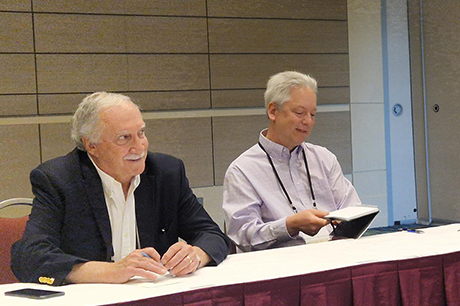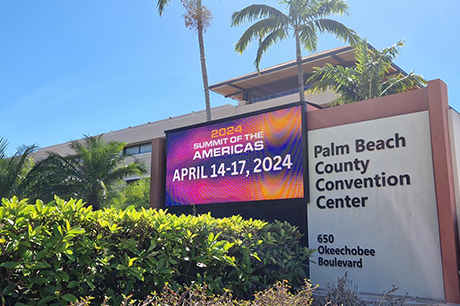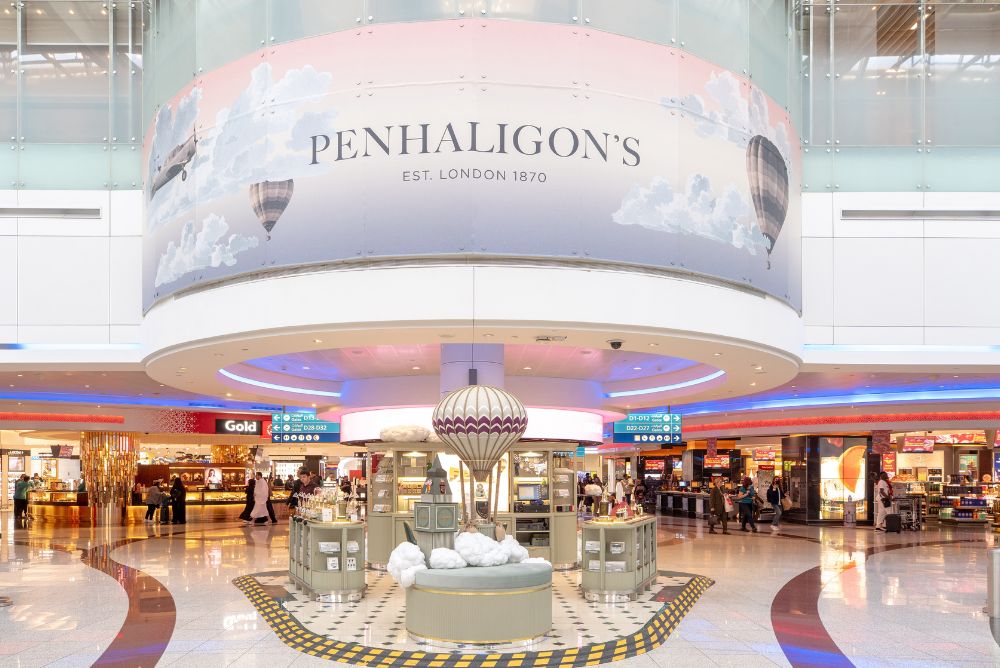US ’pre-clearance’ plan for 20m more air visitors
By Doug Newhouse |
 In a huge move that is expected to positively affect millions of visitors to the US, the Department of Homeland Security (DHS) has confirmed its plan to expand ‘air pre-clearance operations’ which operate at 15 countries at present to a further nine.
In a huge move that is expected to positively affect millions of visitors to the US, the Department of Homeland Security (DHS) has confirmed its plan to expand ‘air pre-clearance operations’ which operate at 15 countries at present to a further nine.
The 10 ‘new’ airports identified for preclearance are: Brussels, Belgium; Punta Cana, Dominican Republic; Narita, Japan; Amsterdam Schipol, Netherlands; Oslo, Norway; Madrid-Barajas, Spain; Stockholm Arlanda, Sweden; Istanbul Ataturk, Turkey; London Heathrow, UK; and Manchester, UK.
The airports in these countries represent some of the busiest last points of departure to the US, with nearly 20m passengers travelling from all ten in 2014.
Provided negotiations are successfully concluded with each country, travellers will be able to complete all immigration, customs, and agriculture inspections by US Customs and Border Protection (CBP) at their airport of departure before boarding their ‘direct flights’ to the United States.
The DHS says that expanding the pre-clearance programme is both a security imperative – enabling CBP to stop potential threats before they arrive on US soil – as well as a strong economic opportunity that will strongly reduce queuing at airport arrivals and encourage more visitors.

The dedicated US pre-clearance customs and immigration facility at Dublin Airport which has operated for several years now.
MORE THAN 24 AIRPORTS APPLIED…
The Secretary of the DHS Jeh Johnson said: “A significant homeland security priority of mine is building more pre-clearance capacity at airports overseas. We have this now in 15 airports. I am pleased that we are seeking negotiations with ten new airports in nine countries.
“I want to take every opportunity we have to push our homeland security out beyond our borders so that we are not defending the homeland from the one-yard line. Pre-clearance is a win-win for the travelling public. It provides aviation and homeland security, and it reduces wait times upon arrival at the busiest US airports.”
The selection of these ten additional foreign airports for negotiated pre-clearance rights follows a near year-long process that began with soliciting expressions of interest from foreign airports and CBP says those most suitable were identified jointly with the Transportation Security Administration and the Department of State (DoS) based on their greatest potential to support security and travel facilitation.
The list was finally reduced to ten airports after more than two dozen expressed their interest in opening pre-clearance facilities. The DHS and DoS say they both evaluated all interested foreign airports in collaboration with stakeholders in their respective governments and with the US and global aviation industry.

Dublin Airport has received a big boost in traffic in recent years thanks to US Customs & Border Protection pre-clearance of US-bound flights. However, Aer Lingus cannot sell duty free on board flights where passengers have completed full US customs and immigration checks before departing and the same will apply to airlines flying to the US from ‘new’ airports elsewhere that are joining this pre-clearance programme. (Photo credit: Adrian Pingstone).
ANTI-TERRORISM MEASURE
“CBP’s pre-clearance operations are an important step in the US Government’s effort to prevent terrorism from coming to our borders,” said CBP Commissioner R. Gil Kerlikowske. “Where we can identify foreign airports willing to partner with us, additional pre-clearance agreements will further protect the safety and security of our citizens, while also streamlining legitimate travel and commerce.”
Today, CBP has more than 600 law enforcement officers and agriculture specialists stationed at 15 air pre-clearance locations in six countries, including Dublin and Shannon in Ireland; Aruba; Freeport and Nassau in The Bahamas; Bermuda; Calgary, Toronto, Edmonton, Halifax, Montreal, Ottawa, Vancouver, and Winnipeg in Canada; and Abu Dhabi, UAE. Last year, CBP cleared over 16m passengers through these pre-clearance locations.
However, there is a negative dimension for the DF&TR airline industry with this system in that duty free goods such as liquor and tobacco cannot be sold onboard international flights into the US once passengers on that service have pre-cleared US Customs and Immigration in the foreign country and airport of origin. [This is because they have ‘technically’ entered the US already-Ed].
Under its pre-clearance conditions, TSA requires that all passenger and accessible property screening at a foreign pre-clearance airport must conform to all US aviation security screening standards, so allowing US-bound aircraft to disembark passengers at domestic US air terminals without any need to be rescreened once they land.
Alcohol insights: Conversion up, spend down in Q4
Conversion of visitors in the alcohol category in duty free has risen to 54% in Q4 2023,...
Heinemann Asia Pacific makes breakthrough in New Zealand at AKL
Heinemann Asia Pacific is set to enter the New Zealand market with three new retail concepts at...
Men buy and spend more in travel retail says new research by m1nd-set
Men have a higher conversion rate and spend more when shopping in travel retail, says new...
-
 International,
International,Alcohol insights: Conversion up, spend down in Q4
-

-


In the Magazine
TRBusiness Magazine is free to access. Read the latest issue now.

 Trbusiness. The travel retail Trbusiness. The magazine for global retail and duty free professionals.
Trbusiness. The travel retail Trbusiness. The magazine for global retail and duty free professionals.





















